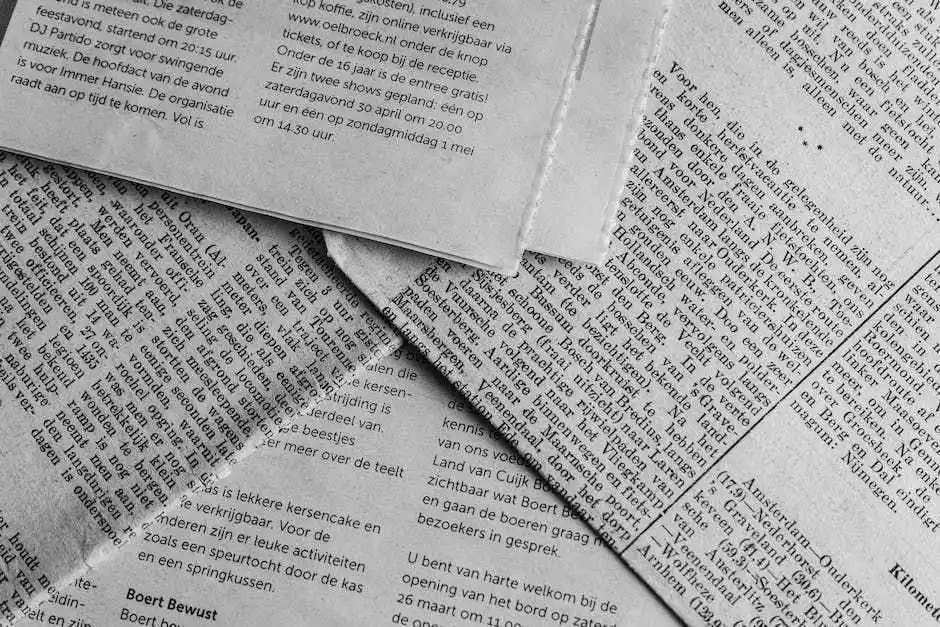DIFFERENT ARTICLE WRITING STYLES EXPLAINED

In the diverse world of content marketing, selecting the right style of article can greatly impact how your message is received and engaged with. Media Monk offers three distinct article writing styles – Editorial, Advertorial, and Infotainment – each with its unique characteristics and applications. Understanding these styles and their optimal usage can help in effectively reaching and engaging your target audience. In addition to these 3 styles, we also offer additional styles for content expansion.
Editorial Article Writing Style
Editorial articles are the quintessence of traditional journalism, characterized by an objective and informative tone. They rely on facts, research, and credible sources, often written by experts, journalists, or opinion leaders.
Example: An editorial piece on Media Monk might cover “The Future of AI in Content Marketing,” providing a deep dive into the latest trends, backed by statistics and expert opinions, without promoting any specific brand or product.
When and Where to Use:
Use editorial style when your goal is to establish authority and trustworthiness, especially on platforms where users seek detailed, research-backed information. This style is ideal for LinkedIn articles, industry blogs, or detailed reports where the audience expects in-depth analysis and factual accuracy.
Advertorial Style
Advertorials cleverly merge advertising with editorial content. While they offer valuable information, their underlying goal is to subtly promote a product, service, or brand.
Example: An advertorial on Media Monk could be an article like “How AI Tools Are Revolutionizing Content Marketing,” which, while informative, subtly promotes Media Monk’s AI tools by integrating customer success stories and product benefits.
When and Where to Use:
Advertorials are best used when you want to softly push your product or service while still providing value to the reader. They work well in newsletters, magazine-style blogs, or as sponsored content on third-party websites where promotional content is more acceptable but should still offer genuine value.
Infotainment Style
Infotainment articles are designed to entertain as well as inform. They use storytelling, humour, and compelling visuals to engage the audience while delivering informative content.
Example: An infotainment piece on Media Monk could be “10 Hilarious Content Marketing Fails and What They Teach Us,” which uses humorous examples and engaging narratives to deliver key content marketing lessons.
When and Where to Use:
Use infotainment style when targeting platforms where the audience expects a more casual and engaging experience, like social media channels (Facebook, Instagram) or a business blog aimed at a younger demographic. This style is perfect for capturing attention in a sea of content and making learning enjoyable.
Article Writing styles for Content Expansion
The Media Monk AI Article Writer offers a unique feature for content expansion, designed to enhance and elaborate your articles while maintaining focus and relevance. This feature is particularly useful when the initial article, generated based on a specified word count, falls short in length or depth. To address this, Media Monk provides six distinct expansion options, each catering to different styles and purposes. Here’s a deeper look into these options:
Expand using Editorial Style
- When to Use: Choose this style when you need to enrich your article with objective, informative content. This expansion will add more factual data, expert insights, and research-based information.
- Benefits: Ideal for establishing authority and credibility, this style suits topics requiring depth, accuracy, and a serious tone.
Expand using Advertorial Style
- When to Use: Select this option when the goal is to subtly promote a product or service while still offering valuable information. This style will weave in promotional elements naturally within the informative content.
- Benefits: Perfect for marketing-focused articles where the intent is to persuade or influence the reader while providing them with useful content.
Expand using Infotainment Style
- When to Use: Opt for this style to make the content more engaging and entertaining, without sacrificing informational value. It’s great for adding elements of storytelling, humor, or interesting anecdotes.
- Benefits: This style is excellent for capturing and retaining the audience’s attention, especially on social media or more casual platforms.
Expand using a Metaphor
- When to Use: This is ideal for making complex or abstract concepts more understandable and relatable. It involves expanding the content by drawing parallels to a well-known idea or situation.
- Benefits: Metaphors can make content more engaging and memorable, helping readers better grasp and retain complex ideas.
Expand using an Analogy
- When to Use: Similar to metaphors, use this style to explain concepts by comparing them with different, but familiar, scenarios or concepts.
- Benefits: Analogies are powerful in breaking down complicated topics into simpler, more digestible content, enhancing comprehension.
Expand and Add an FAQ Block
- When to Use: This is suitable when you want to address potential questions the reader might have, adding both depth and breadth to the article.
- Benefits: FAQs not only provide additional information but also improve SEO by incorporating potential search query terms into your content.
Each expansion style offered by Media Monk serves a specific purpose in content enhancement. From adding depth and credibility with an editorial style to making the content more relatable with metaphors and analogies, these options ensure that the expanded content remains focused, relevant, and engaging. By choosing the appropriate expansion style, you can effectively tailor your content to meet your specific goals, whether they are to inform, persuade, entertain, or explain.
Writing Styles Applied to Content Produced for an Automated Plan
The Content Planning tool inside Media Monk provides a powerful way of achieving highly scalable content marketing, driven by SEO-enriched articles, listicles and blog posts produced automatically on a schedule. When you setup a content plan, the writing style applied is a hybrid of Editorial and Advertorial styles with moderate brand mentions to ensure the content remains valuable for readers and doesn’t come across with excessive self-promotion.
After the content is produced, you can expand it further using any of the expansion styles mentioned above to get the article crafted to your specific preferences.